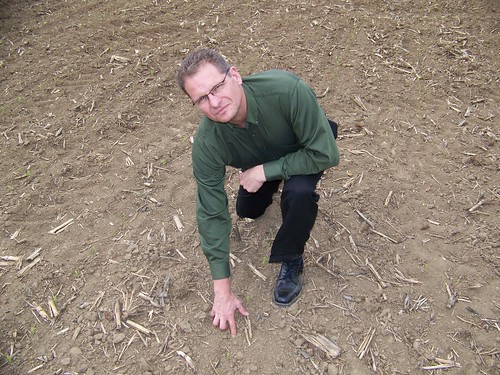
Of the many factors that make farming risky, weather is particularly important. With this year’s unseasonably warm March, some farmers are taking a risk they hope pays off in a big way. Despite the peril of a spring frost, many farmers are planting corn almost a month earlier than the usual mid-April planting dates.
As they wait to see what happens with the weather, these farmers, along with analysts, policymakers and others interested in U.S. agriculture, will pay close attention to the Crop Progress report issued weekly by USDA’s National Agricultural Statistics Service (NASS).
The Crop Progress report collects input from nearly 4,000 individuals whose occupations give them opportunities to make visual observations nationwide. These respondents report the progress and condition of crops weekly through various stages of development from early April through the end of November. They receive training at the beginning of each season and NASS field offices contact them routinely to ensure proper reporting.
Each Monday morning, respondents complete the questionnaires and submit them to the NASS field offices in their states. Field office staff review the data for reasonableness and consistency by comparing them with data reported the previous week, data reported in surrounding counties for the current week and historical averages.
Major weather events play a big role in determining crop progress and condition estimates. We often think of major weather events as destructive (for example, flooding rains, heavy snows or devastating droughts). But many farmers view this year’s warm March weather as a good opportunity to get in the field early and plant some corn. If the early planted crop makes it through without any late spring frosts, we could see early pollination and an early harvest. But only time, weather and the Crop Progress report will tell.
NASS released the first weekly 2012 report on crop progress and conditions on Monday, April 2. To learn more about the report or to sign up to receive national or state reports by email, go to the NASS Crop Progress and Conditions web page.
